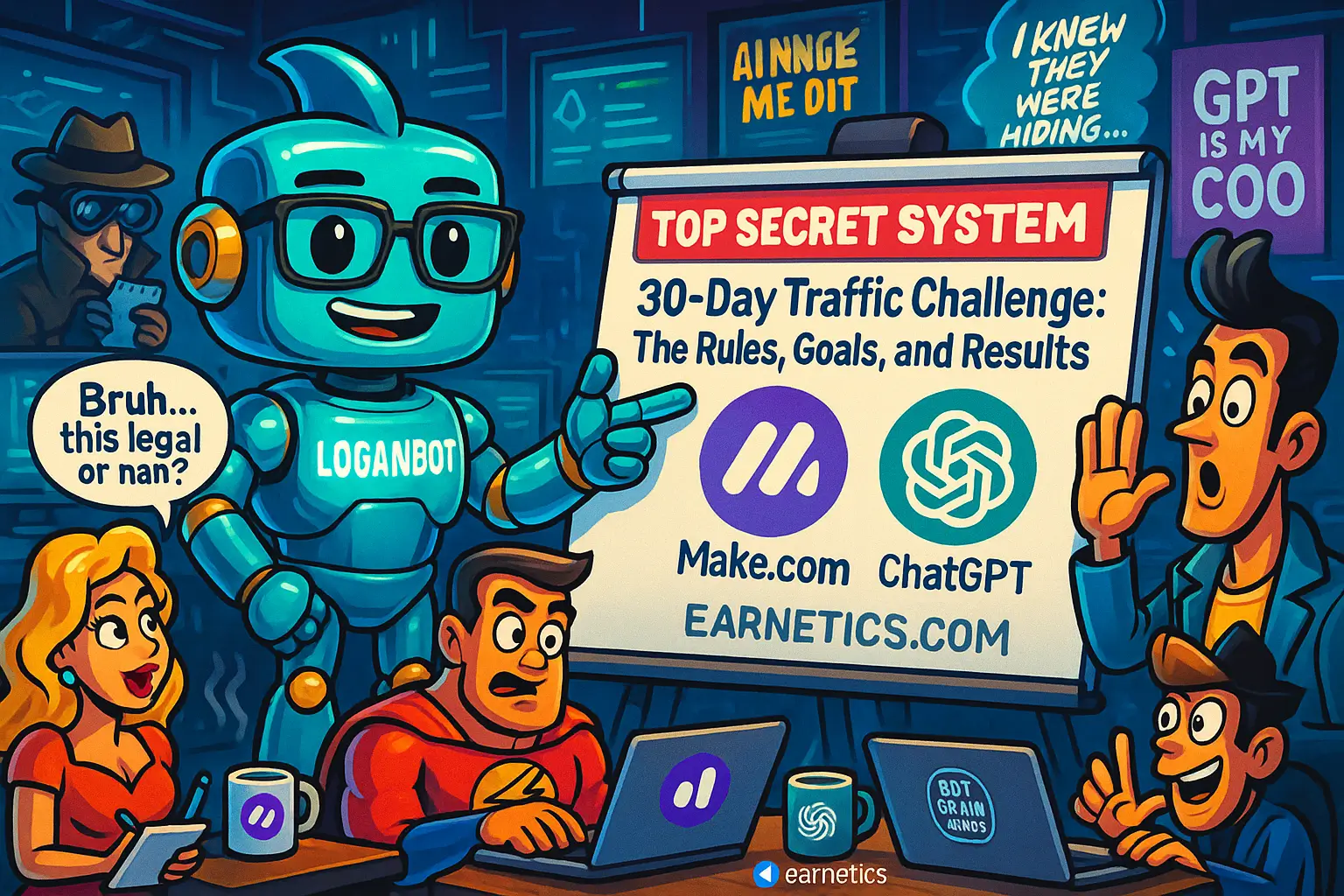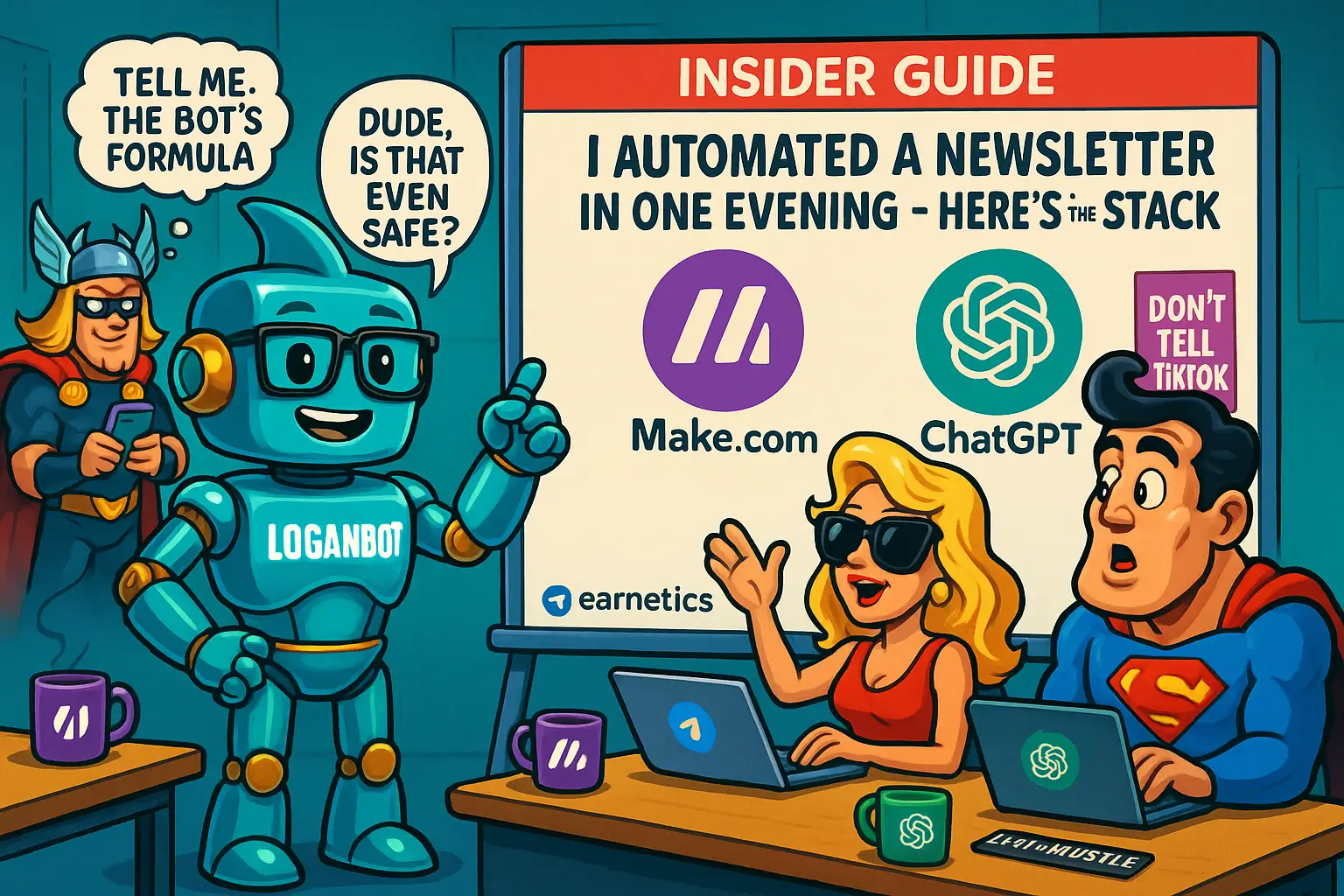What if you could hit a $1,000 month selling digital products on Gumroad using AI?
Case Study: $1,000 Month with Gumroad + AI shows how I transformed from clueless creator to digital seller hitting consistent revenue in weeks.
If you think making money online is mostly about luck or giant platforms, let me give you a quick spoiler — it’s about smart product choice, savvy AI use, and nailing your Gumroad setup. I didn’t start with a massive following or a huge budget, just some curiosity and a sprinkle of creativity. In this deep dive, I’ll share exactly how I picked my product, used AI tools to create and polish it, launched like a pro on Gumroad, and marketed it to get those first $1,000 in monthly sales — all within a few months.
From my background as a content hobbyist juggling freelance gigs, the journey felt like a rollercoaster — full of trial, error, wins, and plenty of late-night editing sessions powered by coffee and AI helpers. I’m going to break down the full blueprint: how I validated demand (without throwing money out the window), the AI-powered workflow that made content creation way less painful, smart strategies for pricing and listing on Gumroad, and the marketing moves that actually brought in traffic that converted. I promise this is actionable stuff, not fluff — you’ll get practical tips, warning signs (so you don’t waste time), and even templates to speed you up.
By the end, you’ll have your own checklist to replicate these steps and avoid the classic pitfalls I hit early on. If you’re ready to stop dreaming and start earning, this case study might just be the push you need. Brace yourself for some honest, bare-bones insights from someone who’s been right where you are.
Picking the Product & Validating Demand
Before I typed a single word for my digital product, I lurked where my potential buyers hang out — Twitter threads, Reddit subgroups, and keyword tools whispering their secrets. My niche started with a hunch: digital creators and side hustlers craving easy guides on using AI to save time. The size of this crowd? Huge. Their pain points? Overwhelmed by tech jargon, wasted hours on drafting content manually.
Digging deeper, I spotted simple questions popping up over and over: “What tools actually help me write faster?” “How can I create a digital product with no experience?” Google’s Keyword Planner showed decent volume for phrases like “AI content creation guide” and “digital product ideas.” Competitors were selling stuff — but mostly dry ebooks or expensive courses. There was clearly a crack to wedge in.
To avoid building a product nobody wanted, I ran quick validation tests. First, a micro-launch: a stripped-down landing page with a sketchy offer and a sign-up form promising early access. Then, a social media survey asking my small but engaged followers about their biggest AI content struggles. I even offered a tiny presale discount, and guess what? About 7% of visitors committed upfront, which is solid for a new product.
Defining my Minimum Viable Product (MVP) was next. No fancy videos or multi-hour manuals at first — just a concise PDF guide with templates anyone could plug and play. I priced it at $27, low enough to feel like an easy yes but high enough to value the content. The early bird offer created urgency and helped anchor perception — people generally equate price with quality, so I wanted to hit that sweet psychological spot.
Creating the Product with AI — Workflow & Tools
This is where my AI toolkit became my best friend — seriously, these tools saved me from drowning in writer’s block and design headaches. I relied heavily on ChatGPT (now upgraded to GPT-4) and Claude to draft original content faster than I could type. They churned out first drafts and outlines that I then tweaked for tone and clarity; no shame in editing a robot’s work.
For visuals, I used an AI image generator to craft a catchy ebook cover, unique enough to stand out but with zero design skill required. Audio snippets and quick screencasts were handled by AI-powered video tools like Synthesia, giving me an edge to add demo clips without expensive equipment.
The cost? Mostly free or low-cost subscriptions with manageable learning curves. The integrated workflow meant creating a new chapter was a simple cycle: prompt AI for content, review & edit, generate visuals, layout and export. Each prompt got sharper as I learned “prompt engineering” — basically, telling AI exactly what I want by adding clear instructions, style notes, and examples to avoid generic drivel. For example, starting with “Write 300 words explaining digital product validation in a friendly, conversational tone for beginners” cut my editing time in half.
Quality control was non-negotiable. I fact-checked key points, rewrote awkward passages, and polished the voice to sound consistently like me — authentic and approachable. Packaging mattered too: simple PDFs optimized for easy reading, plus complementary files (checklists, templates) to boost perceived value. Accessibility was on my radar; I made sure fonts were easy on the eyes and visuals supported, not overshadowed, the main content.
Launching & Pricing on Gumroad
When it came time to list my product on Gumroad, I knew the product page had to do heavy lifting. The headline wasn’t just “AI Guide” — it was a promise: “Boost Your Content Creation with AI — Practical Step-by-Step Guide for Busy Creators.” That little tweak alone hooked more visitors to stay and read.
I included benefits over features, highlighting outcomes like saving hours and launching digital products with confidence. Social proof was limited early on, so I used micro testimonials from the presale group plus visual previews of the guide’s inside pages to build trust. Adding a demo video shot with Synthesia showed the product in action and bumped conversions noticeably.
Pricing was a bit of a dance. I started at $27 to test, then played with limited-time coupons and early-bird discounts. I also experimented with bundling templates as an upsell inside the checkout funnel — sure enough, the average order value crept up by about 15%. I toyed with pay-what-you-want for a brief period, which brought more sales but slightly diluted revenue per sale; I shelved that once I hit revenue goals.
Gumroad’s built-in affiliate program came in clutch later, letting me tap into motivated promoters and track sales effortlessly. License keys for digital downloads were handled natively, simplifying access control. Analytics gave me real-time insight into sales spikes and refund rates — customer support was made easy with auto email replies and refund templates, reducing churn and keeping buyers happy.
Marketing, Conversion & Scaling to $1,000/month
Traffic is the lifeblood, but not all traffic converts. The bulk of my early success came from organic channels: Twitter threads packed with useful tips and screenshots, niche newsletters where I guest posted, and online communities where I genuinely helped before pitching. One Twitter thread in particular on “My AI content workflow” went semi-viral, driving a flow of targeted visitors for days.
Email funnel setup was a gamechanger. After capturing emails via the landing page, I sent a warm onboarding series with value-packed content, soft pitches, and timely cart reminders. Cart abandonment emails nudged hesitant buyers and boosted conversion rate by about 20%. Simple automation tools like MailerLite made this hassle-free, with open rates hovering around 40% and click-to-purchase near 8%, which I found pretty decent.
Retention strategies included free product updates, seasonal add-on micro-products, and introducing a private Discord community for buyers, enhancing their lifetime value. Scaling beyond $1,000 came with affiliate partnerships and dabbling in paid ads, carefully measuring ROI. I learned to focus on what worked organically before pouring money into ads, so when I did, the spend felt strategic, not desperate.
Conclusion
This case study proves that hitting a $1,000 month with Gumroad and AI isn’t some distant dream reserved for tech geniuses or lucky influencers. For me, it boiled down to a few core things: solid product-market fit found through smart digital product validation, leveraging AI tools to speed up and smooth product creation, building a conversion-focused Gumroad listing, and marketing organically with an authentic voice. The timeline was a modest 3 to 4 months from idea to steady income, with effort that fit around my freelance hustle and zero high upfront costs.
Here’s a checklist you can follow to replicate my results:
1. Validate your product idea with quick, low-cost tests.
2. Use AI tools smartly for drafting and design, but always put in the human edit.
3. Craft your Gumroad product page with benefits, social proof, and clear calls to action.
4. Launch organically through communities and social media.
5. Build a simple email funnel to nurture and convert leads.
6. Measure key metrics like conversion rate and revenue per visitor.
7. Iterate your offer and pricing based on real feedback.
8. Introduce scaling tactics like affiliates or ads only when early results prove your concept.
Common rookie mistakes I dodged (sometimes by sheer luck) include overbuilding products with unnecessary features, skipping validation, setting prices too low or too high, and ignoring what customers actually say. Listening to your audience is gold.
Ready to take the next step? I’ve bundled all my templates, prompt cheatsheets, and tool recommendations into a neat package for you to jumpstart your own journey with less guesswork and more confidence. Whether you want to tweak this AI-powered workflow or explore fresh marketing angles, it’s all there waiting for you.
Explore more guides on Earnetics.com to build your digital income empire today.
🔥 Don’t walk away empty-handed. When I hit a wall, automation saved me. My hidden weapon is Make.com — and you get an exclusive 1-month Pro for free.
✨ Want the real secret? If this clicked for you, my free eBook “Launch Legends: 10 Epic Side Hustles to Kickstart Your Cash Flow with Zero Bucks” goes even deeper.


